
SUSTAINABLE GROW LIGHT SOLUTION
- Home
- SUSTAINABLE GROW LIGHT SOLUTION

SUSTAINABLE GROW LIGHT SOLUTION

Abstract : The purpose of this research is to build artificial grow light using LED for growing leafy vegetables from germination to harvesting (vegetative growth). Plants need to capture photons as energy for photosynthesis in 400nm – 780nm spectrum. Different plant species will respond differently to specific light spectrum. Many studies have been done to find optimal light spectrum for plant growth, but there are still many researches to be done because there are still many combinations of light and plants species to be discovered. Specific light spectra combination is called light recipe. This research will help botanist to discover new light recipe for plant species by mixing 6 light spectra with individual intensity and time control. The developed grow light system has graphical user interface that run in Android tablet, and uses iOT protocol for communication between android application and grow light system. Light recipe and setting are stored in database and the system also has light sensor to monitor light environmental conditions.
Introduction : Plants require air, water, nutrients and light to grow. Light is absorbed and reflected at plant leaf surface and then converted to chemical energy as carbohydrates for plants, and some of them are converted into heat. In urban agriculture, sunlight can be replaced by artificial grow light. Light emitting diode (LED) can mimic natural light to ensure plant growth and development of photosynthesis, where changes in light intensity and wavelength can manipulate the plant metabolism. Studies have shown the effects of blue and green light on seven plant species: tomatoes, cucumbers, pepper, radishes, soybeans, lettuce, and wheat, where it was concluded that green light has less significant impact on the seven plants while blue light has more significant impact on those plants, while radish plants, soybeans, lettuce and wheat had less significant impact from blue light.
(Source : IOP Conference Series-Earth and Environmental Science)
The Effect of Light Spectrum on Plant Development : Everyone knows that a plant needs light to grow by means of photosynthesis, a process that involves energy fixation and sugar production. But in addition to providing energy, light also plays a key role in many other plant processes, such as photomorphogenesis and photoperiodism. All these processes are influenced by the light spectrum, which is the distribution of the light across the electromagnetic spectrum. In order to explain a plant’s different responses to light, we first need to think about the phenomenon of light itself.
Principle of Light and its Spectrum : Light is a form of radiation, which takes the form of electromagnetic waves that pass through air or vacuums. It can therefore be described in terms of three physical properties: intensity (or amplitude), frequency (or wavelength) and direction of vibration (polarization). All possible forms of electromagnetic radiation can be described by placing them in the electromagnetic spectrum, see figure.
When we describe the electromagnetic or light spectrum, it’s better to talk about wavelength than about colour. That’s because visible light for humans comprises only a small portion of the light spectrum as a whole – namely the range of wavelengths between 400 and 700 nanometres.

As you can see from figure, this is a very small range. In fact, it is less than 1 percent of the total spectrum. Photosynthetically active radiation (PAR), or photosynthetic photon flux density (PPFD), is the range of light that can be used by plants to photosynthesise. However, because the PPFD is a summation of all photons in the 400-700nm range, two very different spectral distributions can have the same PPFD. This means that there is no one-to-one relationship between PPFD and spectral distribution. It also means that when we compare light sources, we need to consider spectral distribution data as well as PPFD.
PPFD light is expressed as μmol/m2/s and tells us how many light photons will reach a predetermined surface area (m2) in a specified length of time (a second). To illustrate: most plants need a minimum of 30 – 50 μmol/m2/s PPFD to stay alive.
(Source : Journal or Plant Growth Regulation – J.G.Park)
Interaction between red (600 – 700 nm) and far-red (700 – 800 nm) light : Because red and far-red light have a higher wavelength, they are less energetic than blue light. Combined with the profound influence of the red-induced phytochromes on plant morphogenesis, relatively more red and far-red light is needed for plants to develop.
The two forms of phytochrome, PFr and PR, play an important part in this process. Because red and far-red light are both present in sunlight, plants in nature will almost always contain both PFr and PR phytochromes. A plant senses its environment by the ratio between those two forms; this is called the phytochrome photostationary state (PSS).
The PR phytochrome has a light absorption peak at a wavelength of 670 nm. When the PR absorbs red light, it is converted to the PFr form. The PFr form acts the other way around – when it absorbs far red light at a peak of 730 nm, it converts into a PR form. However, because PFr molecules can also absorb red light, some of the PFr molecules are converted back to Pr. Because of this phenomenon, there is not a linear relationship between PSS and the ratio of red to far red. For example, when the ratio of red to far red light exceeds two, there is barely any response in the PSS and thus plant development is not affected. It is therefore better to speak about PSS than the red to far red ratio of the light.
The amount of PR and PFr tells a plant which light it is receiving. When there is a lot of PR present, this means that the plant is receiving more far red light than red light. When there is less red light, the opposite conversion (from PR to PFr) is hampered, meaning that there is relatively more PR.
In environments in which many plants grow close together, all the red light from the sun is used for the photosynthesis process (between 400 and 700 nm) and much of the far red light is reflected by the plants (>700 nm). Most of the plants, especially those in the shade, will receive more far red than red light in this situation. As a consequence, PR increases, and when this happens, the plant senses that it needs more light for photosynthesis and stem elongation is triggered (see figure 3). The result is taller plants with a bigger distance between the internodes and a thinner stem. This is a clear example of a shade avoidance response, where plants seek to capture, more light in order to survive.
Taller plants can absorb more red light which increases the quantity of PFr forms. This will trigger greater branching, shorter distances between the internodes and less vertical growth in order to maximize the light absorption for the photosynthesis. As a result, plants expend less energy on growing as tall as possible and allocate more resources to producing seeds and expanding their root systems.
Influence of the light spectrum on flowering : Flowering is also influenced by the PR and PFr forms. The length of time for which PFr is the predominant phytochrome is what causes the plant to flower. Basically, the levels of PFr tell the plant how long the night is (photoperiodism). As the sun sets, the amount of far red light exceeds the amount of red light. During the darkness of the night, the PFr forms are slowly converted back to Pr. A long night means that there is more time for this conversion to happen. Consequently, at the end of the night period, the concentration of PFr is low and this will trigger short-day plants to flower see fig.
A low red to far-red ratio and consequently a limited amount of red light at the beginning of the night is thus very important for the flowering of short-day plants. Research conducted on three short-day plants – chrysanthemum, dahlia and African marigold – shows that when the night is interrupted by a red flash, causing a high red to far-red ratio, flowering decreased dramatically. It was also concluded that far red light alone does not regulate flowering. An equal or higher far-red light portion will improve flowering for short-day plants.
Limited effect of green light (500 – 600 nm) on plant development : It’s often assumed that only blue and red light help plants to grow and develop but that’s not completely true. Although much of the green light is reflected back off the plant’s surface (that’s why we humans see plants green), green light itself can also be beneficial for a plant. The combination of different light colours can lead to higher photosynthesis than the sum of its parts. Research conducted on lettuce also shows that plant growth and biomass increased when 24% green light was added to a red-blue LED, while maintaining equal PAR levels (150 μmol/m2/s) between the two objects. This indicates that even green light can have a positive influence on plant growth.

Ultraviolet light (300 – 400 nm) : Ultraviolet (UV) light has an effect on plants, too, causing compact growth with short internodes and small, thick leaves. However, too much UV light is harmful for plants, since it negatively affects the DNA and membranes of the plant. Photosynthesis can be hampered by too much UV light. Research shows that this happens at UV-values higher than 4 kJ/m2/day.
Conclusion : This brings us back to the general question of ‘what makes a good light spectrum for growing?’ It’s quite hard to give a general answer to this question, since it depends heavily on the type of plant and the requirements of cultivation. For a ‘normal’ plant development these specs are recommended:
Most plants needs a minimal amount of 30 – 50 μmol/m2/s photosynthetic light to stay alive
• A minimum amount of blue light is required, which varies between 5 and 30 μmol/m2/s
• A somewhat larger portion of red and far-red light is required, compared to the blue light
• Balance between red and far-red light: preferably a red to far red light ratio of less than 2
• A limited amount of UV light, less than 4 kJ/m2/day
Reference : Impact of Light Spectra on Plant Growth
• Title: “Effect of Different Light Spectra on the Growth and Development of Indoor Plants”
• Authors: J. G. Park, L. E. F. Wu, et al.
• Journal: Journal of Plant Growth Regulation
Related posts:
No related posts.
- Blog Categories
- Basic of Artificial Lighting for Plants
- Basic of grow Light
- Case Studies
- General Awareness
- Indoor Vertical Farming
- Medical Plant Research
- Online Tool
- Pitch Grow Light
- Plant Lighting Measurement
- Speed Breeding
- Supplemental Lighting
- Tissue Culture Grow Lights
- Vertical Green Wall
- LED Grow Lights
- Pharma Segment
- General
Popular Products
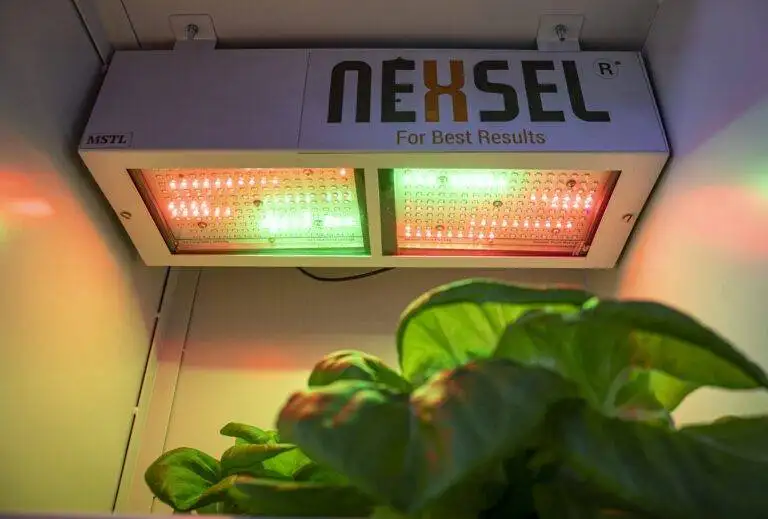
Enquire Now
Quick Link
Other Links
Design & Developed By VBTEK

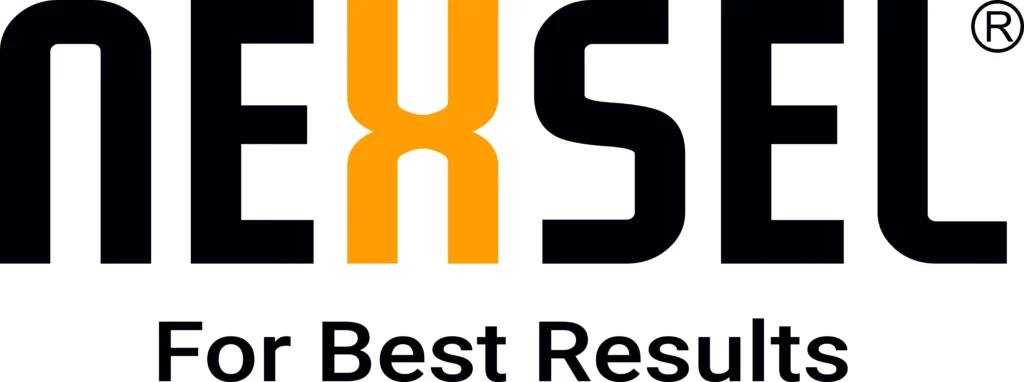
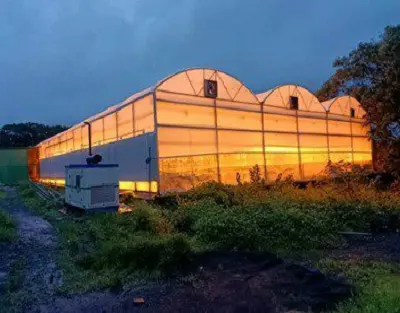
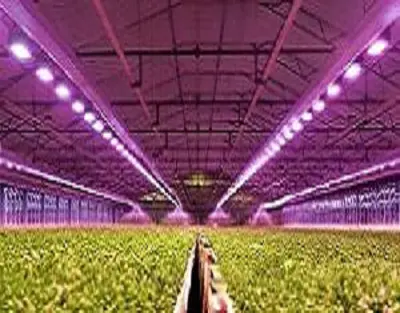
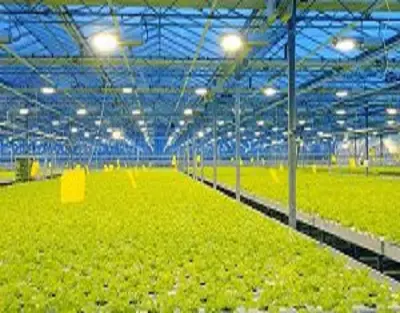
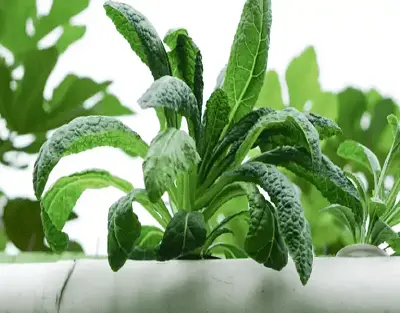
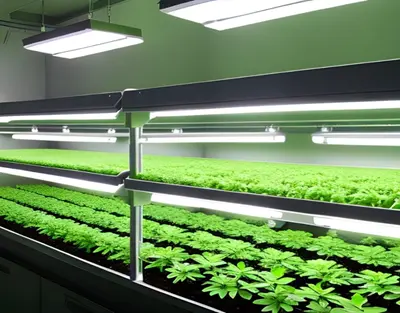
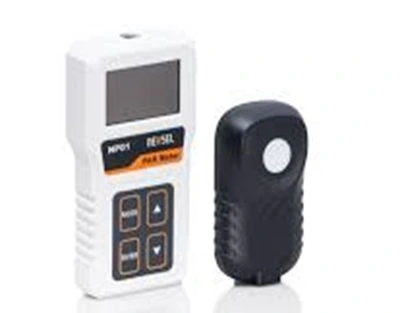
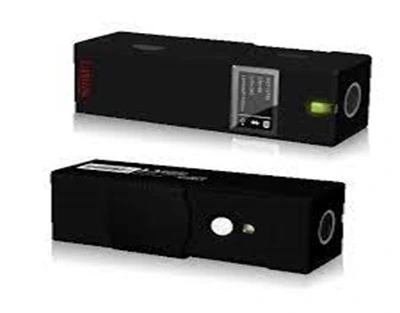
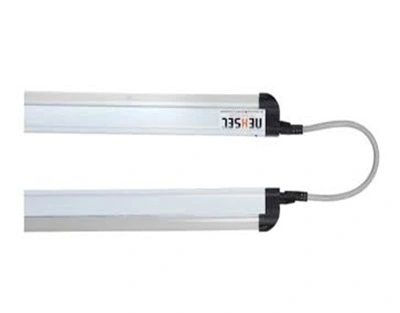
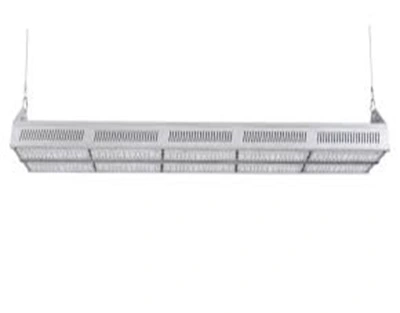
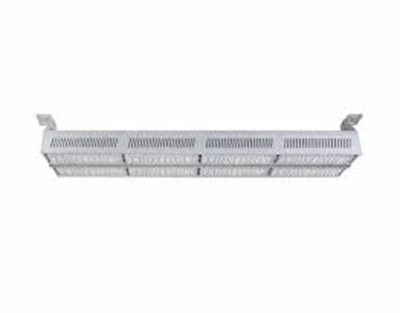
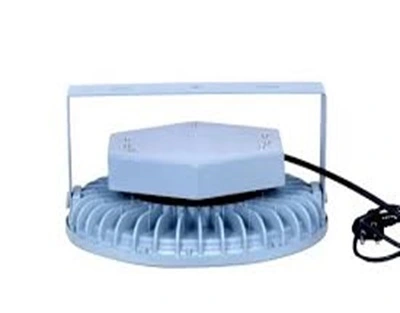
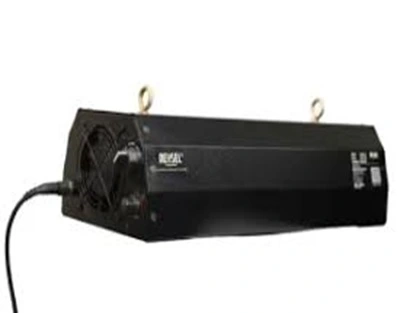
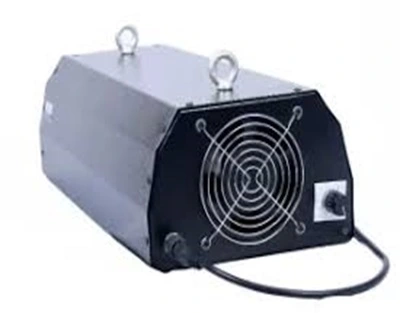
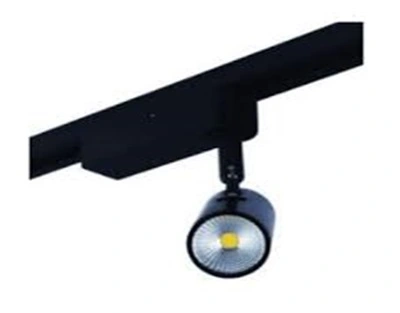
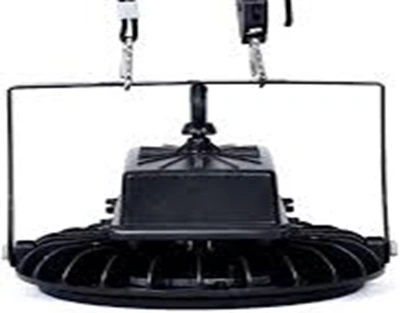
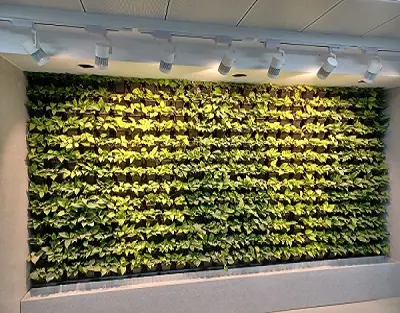
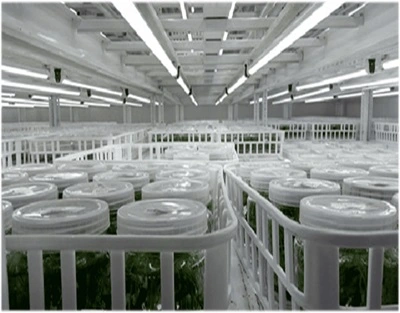
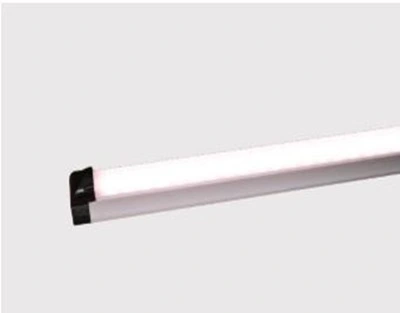
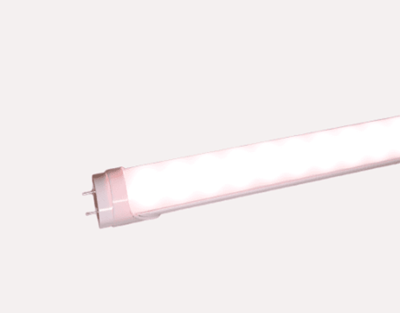
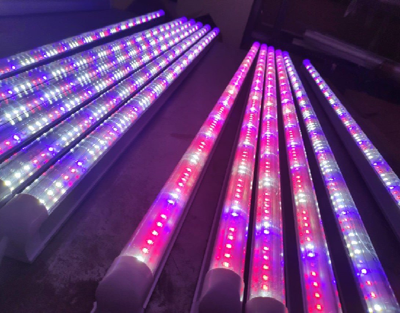
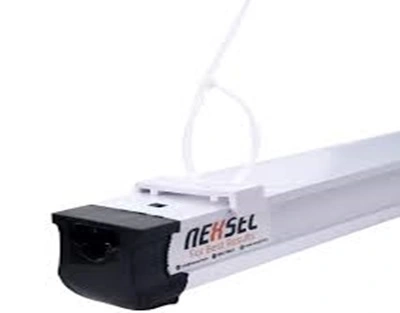
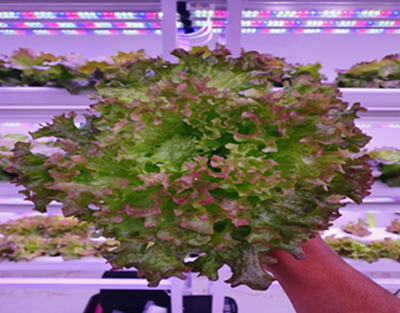
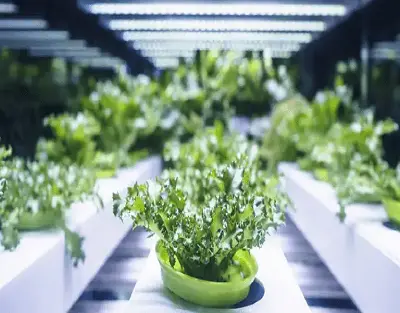
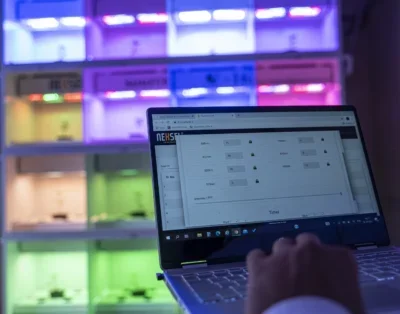


Leave A Comment